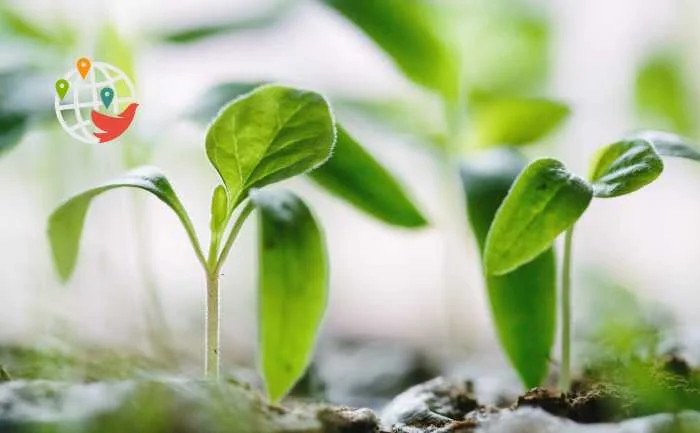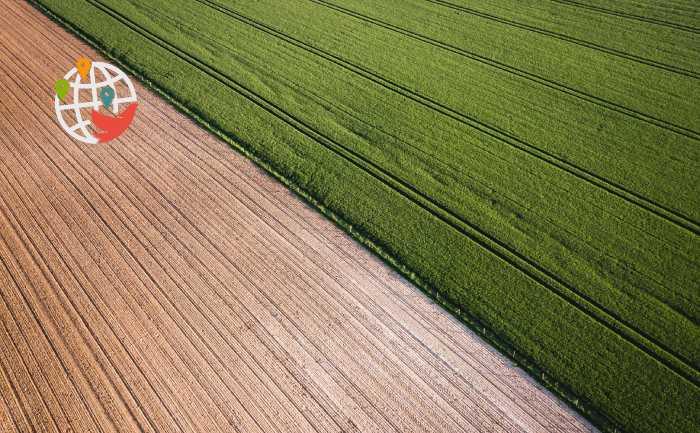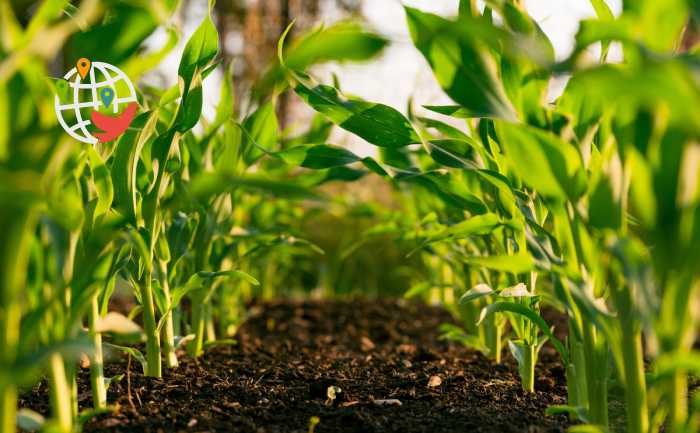A Canadian farmer's unique technology is revolutionizing agriculture

He has been using a cheaper and more environmentally friendly alternative to traditional fertilizers for 20 years.
The agriculture industry is facing rising fertilizer costs: events in recent months have caused a spike in prices that has left many farmers in a quandary of whether to pay exorbitant prices for traditional fertilizers or consider other options. Some have resorted to the traditional method of feeding fields with manure, which has caused shortages in some parts of North America, while others have considered switching to various substitutes to provide nutrients to their fields.
One such alternative is the technology developed by Gary Lewis, a Southern Alberta farmer who grows mustard, wheat and yellow peas on his 1,600-hectare land.
Remarkably, to grow these crops, he hasn't used traditional fertilizers in 20 years. Instead, he relies on a technology he developed called Bio-Agtive, a system designed to capture tractor emissions and produce carbon-based biofertilizer.

Lewis believes interest in his technology has increased many times this year because of high prices: Because of last year's drought, farmers were still managing to pay their bills, but then when prices spiked this spring, many family farms felt significant financial strain. He is a fourth-generation farmer himself and father of five children and was close to financial ruin in the years when his crops and soil did not justify the investments made.
A few decades ago, he began to question the amount of fertilizer he was using and became obsessed with the idea of using the carbon emissions from a tractor's diesel engine, then feeding them into the soil. Lewis, who is also an auto mechanic, began fiddling around in his workshop and was literally obsessed with his future invention.
After much trial and error, he built his own carbon capture and sequestration plant: hoses connect the diesel exhaust of his tractor to the gas cooling system, filtered carbon water is distributed along with the seeds or piped through his irrigation system. The farmer says that at first it was just an experiment:
"CO2 is the building blocks of life. So it made sense that I could take the emissions from the tractor, run them through the seed air system and just try it. Why not? It's an experiment."
His first successes were not long in coming: he saw improvements in his crops and soil almost immediately.

The surge in fuel and fertilizer prices is the main reason why this year's crop is considered the most expensive in Canadian history. Owners of other startups offering alternatives to traditional fertilizers say they are also seeing increased demand for their technology. Some are promoting plant-based fertilizers and the use of microbes as a cheaper and more environmentally friendly option.
The federal government has announced a goal of reducing fertilizer emissions by 30 percent by the end of 2020 and recently completed a months-long consultation process on this environmental goal. One of the main challenges facing alternative fertilizer startups is convincing farmers to try it. Many are skeptical of the new product and hesitate to risk their livelihoods. Gary Lewis himself went to farmers' shows for years in vain, talking to producers and convincing his colleagues to join his ideas.
The Bio-Agtive system, which is front-mounted on a tractor and sells for between $65,000 and $95,000 CAD, has finally started getting positive feedback from customers, including those as far afield as Canada. One farmer tested the system in Australia and says it's really effective and, importantly, works for the environment.

While the technology has had some success with some farmers, there is still not enough scientific evidence to determine if it provides a cheaper and more environmentally friendly alternative to commercial fertilizer, while producing a similar size crop. Research has been going on for years: Agriculture Canada confirmed 10 years ago that Bio-Agtive was at least harmless, but the report noted that yields were not as high as with traditional fertilizers. On the other hand, seeds treated with the Lewis system were found to have fewer soil-borne fungal diseases.
At the time, Bio-Agtive was in its infancy, and according to the farmer, there was little difference in yield results compared to fertilizer. The system evolved, and now the technology is in its sixth generation. More research is underway, with a final report expected in early 2023.
Lewis continues to meet with farmers, telling them about the benefits of using innovation in agri-culture.
"If there's no need to change, you're not going to change," says Gary Lewis, noting that he hopes ongoing research into Bio-Agtive's effectiveness will encourage more people to adopt the technology.





























